Mariculture in Jamaica
This post is an argumentation paper to establish a Caribbean Mariculture Research Centre at CMU. And it essentially aims at establishing a mariculture industry in Jamaica.
I know that it is a massive project, which needs a lot of commitment and investment. I understand that this cannot fall from the sky overnight.
But somehow, we have to find a way to start, a first phase that will pave the way in that direction. In the three main aspects of mariculture production (hatchery, off-shore production side, on-shore processing side). I think we could start with an experimental hatchery at CMU.
It would be advantageous for CMU because we would be working in the university’s core business, educating and training young people for an important maritime industry branch. In addition, a high degree of sustainability would be achieved through this activity, as training in this sector would provide a permanent influx of interested young people from Jamaica. The demand in this area for professionals will increase in the next years.
We should consider finding partners in the industry. Suppose we were able to find three different companies interested in promoting such an idea and willing to sign a letter of request (due date is the end of January). In that case, we could even consider attending the call of the CompeteCaribbean initiative, which will support the establishment of a Blue Economy Cluster with up to 400.000 USD.
I think it is also an excellent proposal to step in a new direction for the post-COVID phase.
Table of Contents
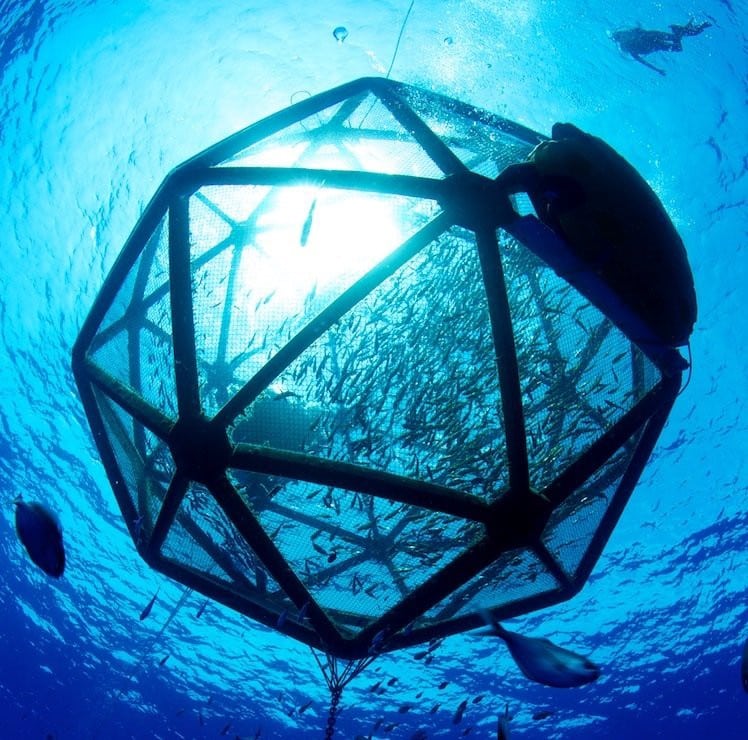
As several statistical analyses indicate, we cannot expect a stabilization of the world’s population growth. From an estimated 7.7 billion people worldwide in 2019, the medium-variant projection suggests that the global population could grow to around 8.5 billion in 2030, 9.7 billion in 2050, and 10.9 billion in 2100.
(https://population.un.org/wpp/Publications/Files/WPP2019_Highlghts.pdf).
All these people will need food.
Importance of aquatic protein for feeding the world population is growing
Global food security, human health and overall human welfare are in serious jeopardy since the production of living marine resources for vital human foods cannot be sustained by natural fisheries production. Globally, fish provided more than 3.3 billion people with 20 percent of their average per capita intake of animal proteins. In the recent report of the FAO the global fish production is estimated to have reached about 179 million tonnes in 2018, with a total first sale value estimated at USD 401 billion. 82 million tonnes, valued at USD 250 billion, came from aquaculture production. Of the overall total, 156 million tonnes were used for human consumption, equivalent to an estimated annual supply of 20.5 kg per capita. Aquaculture accounted for 46 percent of the total production and 52 percent of fish for human consumption.
Despite persistent differences in levels of fish consumption between regions and individual States, clear trends can be identified. In developed countries, apparent fish consumption increased from 17.4 kg per capita in 1961 to peak at 26.4 kg per capita in 2007, and gradually declined thereafter to reach 24.4 kg. In developing countries, apparent fish consumption significantly increased from 5.2 kg per capita in 1961 to 19.4 kg in 2017, at an average annual rate of 2.4 percent.
(All figures: FAO. 2020. The State of World Fisheries and Aquaculture 2020. Sustainability in action. Rome. https://doi.org/10.4060/ca9229en – http://www.fao.org/3/ca9229en/ca9229en.pdf)
Changes in the international market
The changes in the international market show an accelerated demand for aquatic protein. The gap between seafood supply and demand is increasing at an alarming rate as these are nutrient-dense foods are considered extremely important for human health. Europe and North America were used to cover their demand by import from regions which are now more than before in need of this protein themselves. It is doubtful that we can expect that these regions export their products to Europe and North America. They have to use the catch in domestic markets.
Overfishing
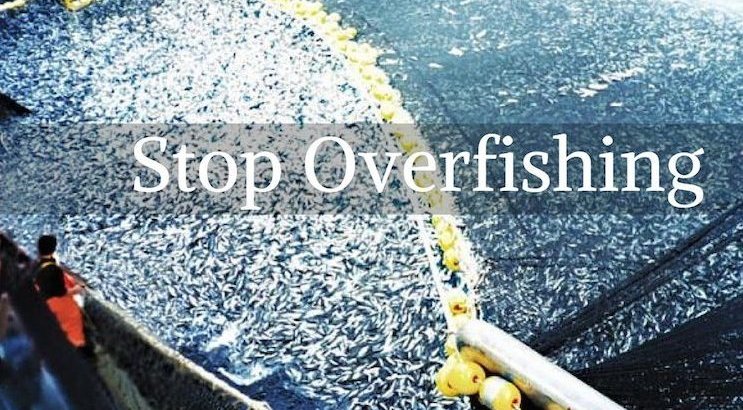
The world’s oceans and lakes are since years under enormous pressure and in wide parts overfished. Unfortunately, the negative effects of the fishing industry have hardly changed. Rising demand for seafood globally has also contributed to overexploitation of fish stocks. The majority of countries in the world lack the resources needed for fisheries science, management, and enforcement required for robust fisheries.
The figures for overfished or overexploited fish populations are still depressingly high, and fishing quotas have not truly contributed to the improvement. The development of the last decade has confirmed their largely ineffective impact on sustainable fishing. 58 percent of the fish population is fully fished and a third is overfished. To sum it up: 90 percent of the fish population is over- or outfished. The world’s oceans and large lakes cannot take any more fishing pressure, and they cannot (and will not) produce any more aquatic foods for humanity.
Settlement trends are reducing space for industry alongside the coast
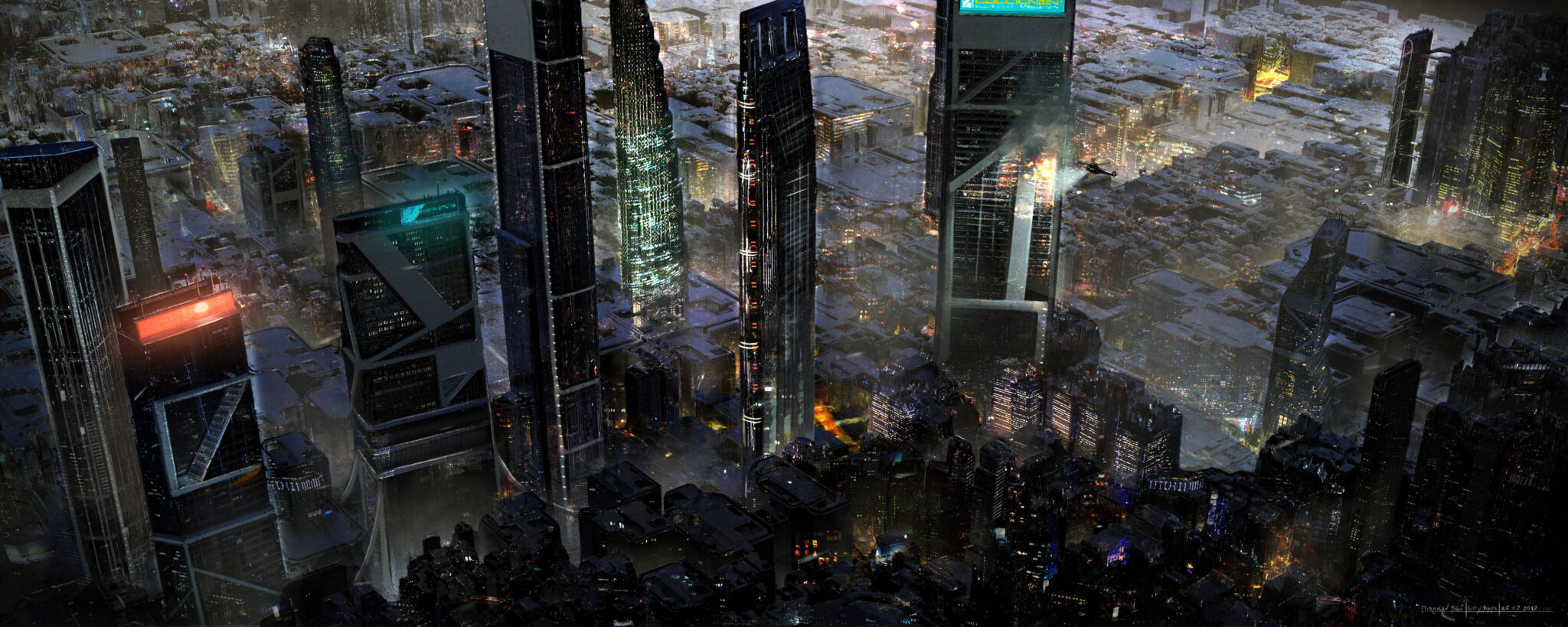
In the last years, the settlement trends indicate that the people are leaving the rural area and moving to big cities (on the coast), and people are settling alongside the world’s coasts. By 2050, 22 percent of all people will live in a mega-city. Currently, 62 percent of cities with populations of eight million or more lie on the coast (https://www.boell.de/en/2017/05/30/coasts-life-danger-zone?dimension1=ds_ocean_atlas). As a consequence there are fewer and fewer coastal options to develop coastal marine aquaculture. Aquaculture is threatened by coastal urbanization, industrialization, and water pollution.
Mariculture is the solution
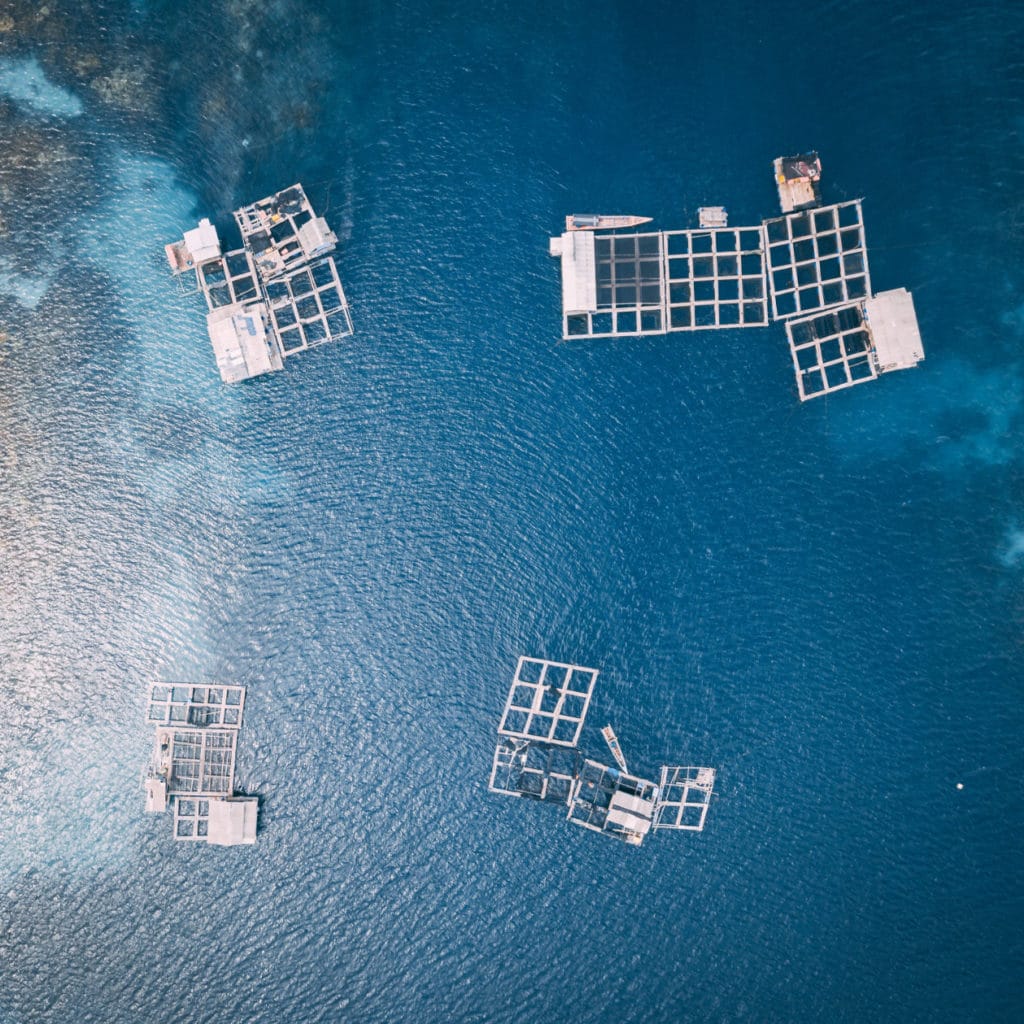
Offshore aquaculture does have the potential to meet future human needs. A well designed and developed mariculture is necessary that does not harm capture fisheries, promote sustainable production, or sustain the integrity of aquatic ecosystems.
From large-scale operations to small-holder farms there are two major strategies for development: (1) larger-scale, high-capital-cost offshore operations and (2) small-scale, coastal farms, which can be integrated into coastal habitats such as mangroves, or be farther from the coast but still in relatively shallow waters
Seawater aquaculture (mariculture) is the only solution to the world’s food demand and will also help avoid a major biodiversity crisis. (https://www.nature.org/en-us/what-we-do/our-insights/perspectives/aquaculture-could-feed-the-world-and-protect-the-planet-if-we-get-it-right/).
A review paper (“Marine Cage Culture & The Environment”) by the US Department of Commerce’s National Oceanic and Atmospheric Administration (NOAA) synthesis thirty years of literature on environmental aspects of marine fish cage culture.
Fish consumption in Jamaica is still high
Jamaica is an ocean economy that is rich in living marine resources. The Jamaican waters have provided food, jobs, and income. But there is more to do.
Based on the most recent data by the FAO (June 2019), Jamaica has one of the highest levels of fish consumption per capita in the Americas (25.8 kg/year in 2017). But its supply depends significantly on imports, which accounted for about 79 percent of all fishery products consumed domestically (2017). In 2017, imports of fish and fishery products were valued at USD 116.6 million and exports at USD 14.7 million. Jamaican fisheries contribute to mainly small-scale food security, as well as to the employment of the coastal communities where fishing-related activities are often the only or the most important source of food and livelihoods for about 40.000 persons.
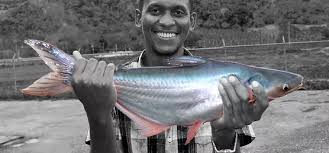
New Opportunities

Mariculture (or Offshore aquaculture) is fish farming taking place further off the coast than what is common today. When considering environmental suitability, Gentry et al. (2017) found considerable global production potential for finfish mariculture in tropical regions. And there is also a huge opportunity in mariculture (open sea cage farming) in Jamaica. A recent study of the University of California “The ecological and economic potential for offshore mariculture in the Caribbean” stated that Jamaica has the “most productive farm sites”. “Cobia growth is a function of temperature, and growth rates vary across the region and within EEZ’s, in addition to showing a clear seasonal pattern. The most productive are located within the EEZ’s of Jamaica and in the southeastern Caribbean,…”(p.63). Based on this study has Jamaica has 975 km2 (square kilometer) of suitable and profitable area. (https://www.nature.com/articles/s41893-018-0205-y?WT.feed_name=subjects_chemistry)
Potential for international cooperation
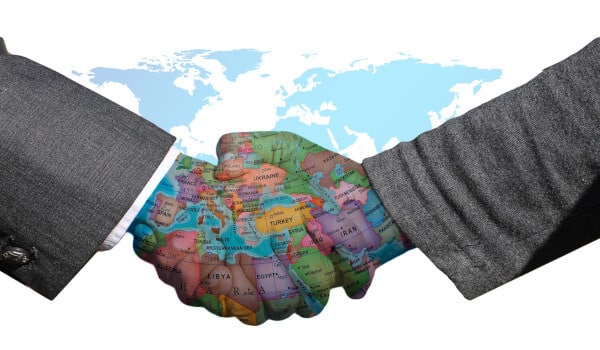
Mariculture need a high input of capital but also a new level of international cooperation from a wide range of social, technological, economic, and natural areas. As we know, Norway was the instrumental in the founding of our institution that it could become what it is now, a maritime university. Norway is one of the leading nations when it comes to advanced technology in aquaculture and mariculture. I can imagine that we could, if all stakeholders pull together, convince Norway to support us in building such a sector/capacity at the CMU. That is only one possible example. Possible integration of offshore food and energy systems (e.g. aquaculture systems and windfarms; oil and gas) appear to be especially promising.
Opportunity for the CMU

Offshore Aquaculture/Mariculture can be a huge opportunity for the CMU. We can grow in one of our core sectors – maritime education and training for the future marine industry. It would also be of great interest to train specialized personnel to expand our educational range. As a study has shown, the demand for such specialists will increase worldwide. (Aquaculture Perspective of Multi-Use Sites in the Open Ocean, 2017), https://www.springer.com/gp/book/9783319511573).
Phases of Development - no need to reinvent the wheel
1. Hatchery -> at the CMU as an Experimental Laboratory
(like in Miami: The University of Miami Experimental Hatchery of the Rosenstiel School of Marine and Atmospheric Science (RSMAS) (https://www.rsmas.miami.edu/research/projects/hatchery/index.html) or like the Hatchery of OpenBlue (see photo)

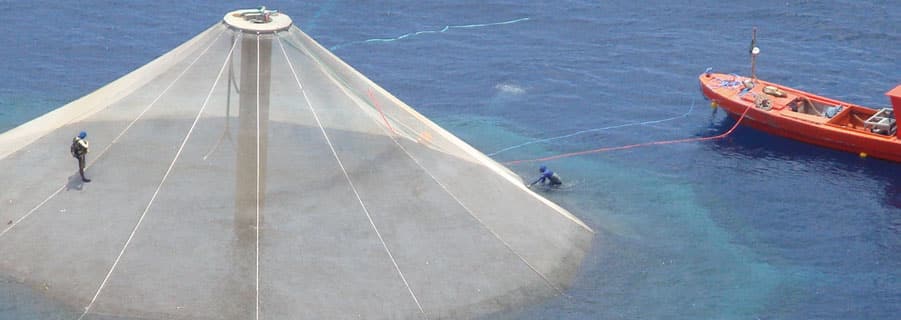
2. Offshore (Production) Site -> CMU/Private Sector (see like OpenBlue in Panama) (https://www.openblue.com)
3. Processing Site -> Private Sector
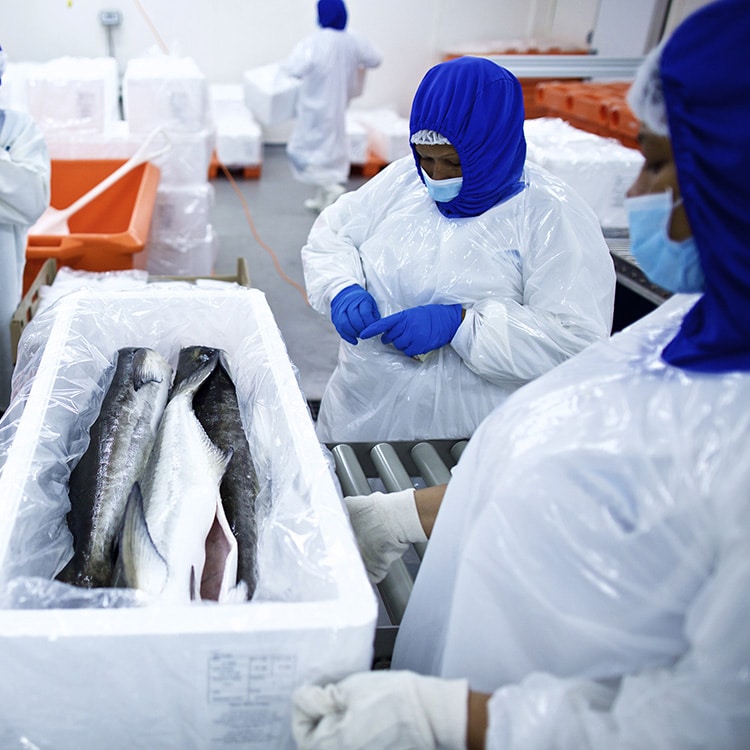
Areas of sustainability
International donors and other stakeholders attach great importance to sustainability. And projects in the region had often a problem with a sustainable design. A central aspect of this project is to give sustainability a high priority.
The project should be located at the CMU. The academic and technical practical training can ensure sustainability with an attractive range of studies and career opportunities. The demand for qualified professionals and scientists in this field of aquaculture will increase in the coming years. That will increase the demand for young people to study it or be trained in that area.
- Financial sustainability: Ensuring a steady flow of funds and generating revenue for maintaining and continuing the CMRC.
- Institutional Sustainability: Ensuring proper working of the institutions that were developed as part of the CMRC.
- Programmatic Sustainability: Ensuring the continuation of the organization and programmes of the CMRC in the absence of donor support.
- Long term vision: Where we see the CMRC after a period of 5 or 10 years? With the use of data and facts, we can explain to potential donors about your long term goal, the process and the resources required to ensure success.
- Sustainability is a core aspect for the CMRC, right from the beginning. This would help to develop partnerships and relations with relevant stakeholders at an early stage of the project development. It can help that the CMRC has a strong support to continue once the primary funding terminates.
- Communication and Outreach: Developing of a strong communication strategy. Well documented project results can help getting support from a wide range of stakeholders and donors.
- Involve key stakeholders: Another major step to ensure sustainability is the involvement and participation of key stakeholders in program development. We should think about a multi-stakeholder dialogue workshops to involve relevant organisations, institutions and people.
- Diversify funding sources: The most important aspect of sustainability is to diversify the donor base and to develop long term partnerships with donors.
How to ensure financial sustainability?
Developing a financial plan outlining the various options available for expanding the resource stream for the CMRC. We need various options that can be used to maintain a steady flow of funds. Some of the options that can be used are:
- Sale of product: Some of the products that the CMRC produces can be sold in the market. This may not be a huge amount but will help you to continue your efforts.
- Diversifying donors: How to get a broader basis for funding, this includes from the business community, local institutions, individuals etc.
- Service Fee: Once the funding comes to an end we can start charging a nominal fees from the target beneficiaries for the maintenance and functioning of the CMRC.
- Membership fees: We can charge annual fee from all your members, this may be a small amount but can help in continuing some of the project activities.
- Online Fundraising: Online fundraising can help to reach a wide audience and individuals who like to fund the CMRC.
- In Kind donations: Support from agencies as in-kind support can also help in sustaining some of the activities of the CMRC.
How to ensure institutional and organizational sustainability?
- Explore new opportunities: Keeping a flexible approach while looking for new opportunities.
- Develop new partnerships: More partnerships will make the CMRC more stable.
- Boost existing relations: Managing existing relations with donors, stakeholders and beneficiaries.
- Communication and Outreach: Developing a strong communication strategy (monthly communication plan, webpage, social media profile, sending donor mails etc.)
- Volunteer engagement: Establishing an engaging volunteers support for performing some activities, without spending much money.
How to ensure programmatic sustainability?
- Involving local government and departments: Involvement of local agencies and government will ensure improved access to the government initiatives in this direction. As these agencies are permanent, they will help in sustaining the project activities beyond the project duration.
- Community involvement: We have to make sure that your project involves the community at various stages. As the entire process will be participatory the skills and knowledge gained by the present group of people, will be transferable and also replicable.
- Institutionalize local groups: Local communities have to play an important role in maintaining the CMRC and therefore they should be involved in planning and implementation from the very first phase.
- Community advocacy: Sensitizing the community about the benefits of the CMRC and initiating a policy advocacy to ensure sustainability in the long run.